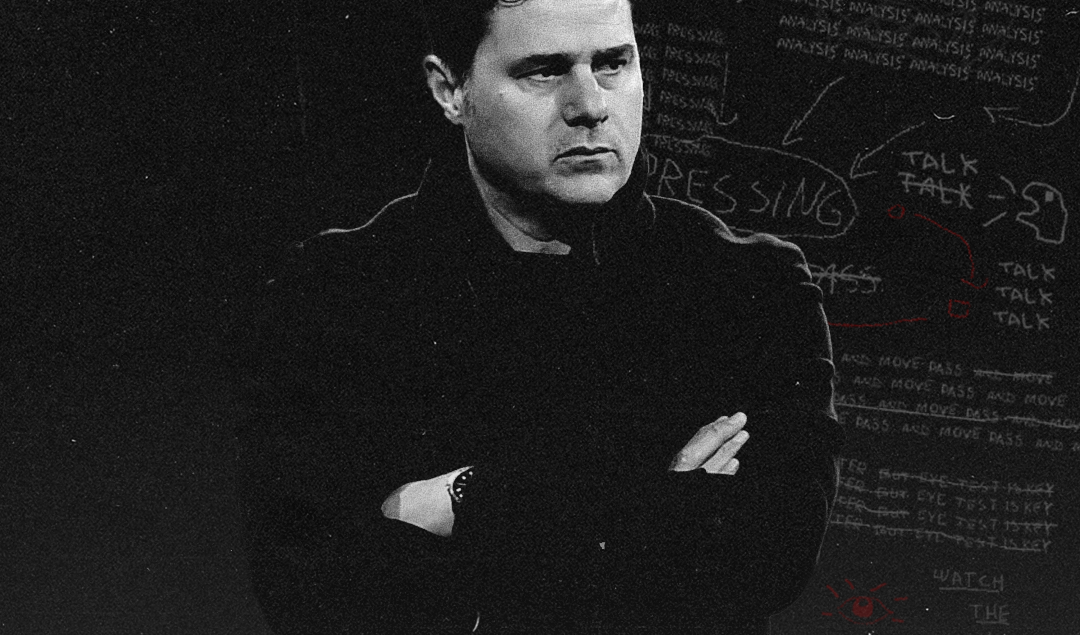Promise, Pressure, and Pochettino: Between Optimism and Doubt, Where the USMNT Stands
The U.S. Men’s National Team (USMNT) suffered Mauricio Pochettino’s first and second defeats as head coach—losing 1–0 to Panama in the Nations League semi-final, and 2–1 to Canada in the third-place playoff. These results reignited familiar criticisms: defensive uncertainty, lack of intensity, emotional flatness on the pitch, and recurring structural mistakes.
Pochettino acknowledged the fans’ disappointment but urged against pessimism, saying, “We are all disappointed and the fans need to feel the disappointment that we didn’t win. But I’m not going to allow [us] to feel pessimistic because I think we have good players.” The long-term goal remains to build a competitive squad for the 2026 World Cup, something he reiterated would “require work.”
Christian Pulisic: The American Talisman Leading Milan to Glory
The Argentine coach was appointed midway through the World Cup cycle—a celebrated coach with a strong track record at Tottenham Hotspur, Paris Saint-Germain, and Chelsea. Known for high-intensity pressing, transitional play, and elite man-management, he was seen as the authoritative figure this group needed.
But international management presents a different set of challenges. The rhythm is stop-start. There’s less time to drill systems. And he inherited a team that doesn’t just struggle tactically—they’ve consistently failed to deliver under pressure. The pattern is familiar: when the stakes rise, performances drop.
This current USMNT group has been dubbed a “golden generation.” Part of that label stems from the growing number of American players training and competing at top European clubs. The exposure has raised the squad’s technical ceiling. But whether that promise is merited—or simply inflated by the effects of football’s globalization—is still up for debate.
Both defeats exposed the same issues: a disjointed press, poor tracking of runners, and wide gaps between the midfield and defense. In both goals conceded, Canada and Panama found space outside the full-backs, who failed to close them down, while midfielders didn’t track supporting runners.
The team produced just seven shots on target across both games—despite having 67% possession against Panama and 60% against Canada. The problem wasn’t control. It was what they did with it. Penetration was lacking, the approach often too safe.
The game against Panama felt flat—on the pitch and in the stands. The tempo was low, the atmosphere muted. Against Canada, there was marginal improvement, but the same emotional and mental gaps persisted, layered on top of the tactical flaws. The energy levels simply didn’t match the occasion.
Key absences didn’t help. Antonee Robinson, Sergiño Dest, and Folarin Balogun were all unavailable through injury. Yet even amid the chaos, there were moments that hinted at what Pochettino might be trying to build. And as seen by Tom Byer’s work with the Japanese national team, these processes can take time.
Tyler Adams was available for the first time under Pochettino and had a solid outing against Panama—completing 92% of his passes and bringing a degree of calm and structure. His season at Bournemouth, under another high-press, high-transition manager in Andoni Iraola, should help translate his reliability into this U.S. setup.
Johnny Cardoso: The USMNT Midfielder Making an Instant Impact at Real Betis
Diego Luna stood out in flashes, particularly against Canada. He was involved in the buildup to the goal, passed securely, and carried the ball well. But more than anything, it was his hunger—off the ball and in duels—that stood out. He competed, and at times, lifted the tempo around him.
This squad also included nine MLS players, part of what looks like Pochettino’s attempt to create internal competition. “We need to keep finding solutions,” he said post-match. “Players must take the opportunity to show what they can give.” Up front, despite the recent outings, there’s reason for optimism.
Josh Sargent has quietly put together a strong season at Norwich—12 goals and 5 assists in under 1900 minutes, with a combined 0.61 xG+xA per 90 and an elite 81.3% pass completion rate for a striker. Ricardo Pepi, despite limited minutes at PSV due to injury and competition behind Luuk de Jong, has remained clinical—scoring 14 goals across Eredivisie and Europe in just under 950 minutes.
Christian Pulisic, meanwhile, is enjoying his most productive season in front of goal at AC Milan, with 9 goals and 6 assists in Serie A. Add Folarin Balogun, Timothy Weah, and even Patrick Agyemang to that mix, and Pochettino suddenly has real competition for places.
He doesn’t need all of them to hit at once—he just needs to figure out which profiles work best for him. And with this range of options, he has the flexibility to adapt. That alone gives the attack a foundation to build from.
The upcoming CONCACAF Gold Cup offers something different: time. For the first time, Pochettino will get a full month with the squad. Time to shape habits, define roles, and push his message through. His track record—especially at Southampton and Spurs—shows he thrives on internal competition and player development. But promise is only valuable if it turns into product. Football is about execution. Systems and ideas mean little if they aren’t brought to life on the pitch.
It’s too early to draw conclusions. But it’s also too easy to write everything off. If the flashes we saw are to matter, they must become more than flickers. They must become foundations. Otherwise, the “golden generation” label may turn into a burden. And in international football, you don’t get unlimited windows to get it right.
By: Sukhman Singh / @5ukhman5ingh
Featured Image: @GabFoligno David Ramos / Getty Images
(Stats from Fotmob, SofaScore and FBRef)
